Navigation in a Modern World
An exploration of traditional navigation techniques useful in a modern world.
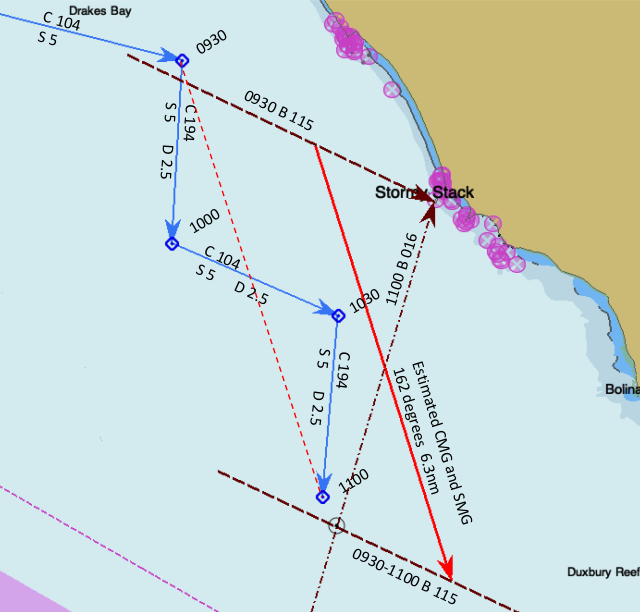
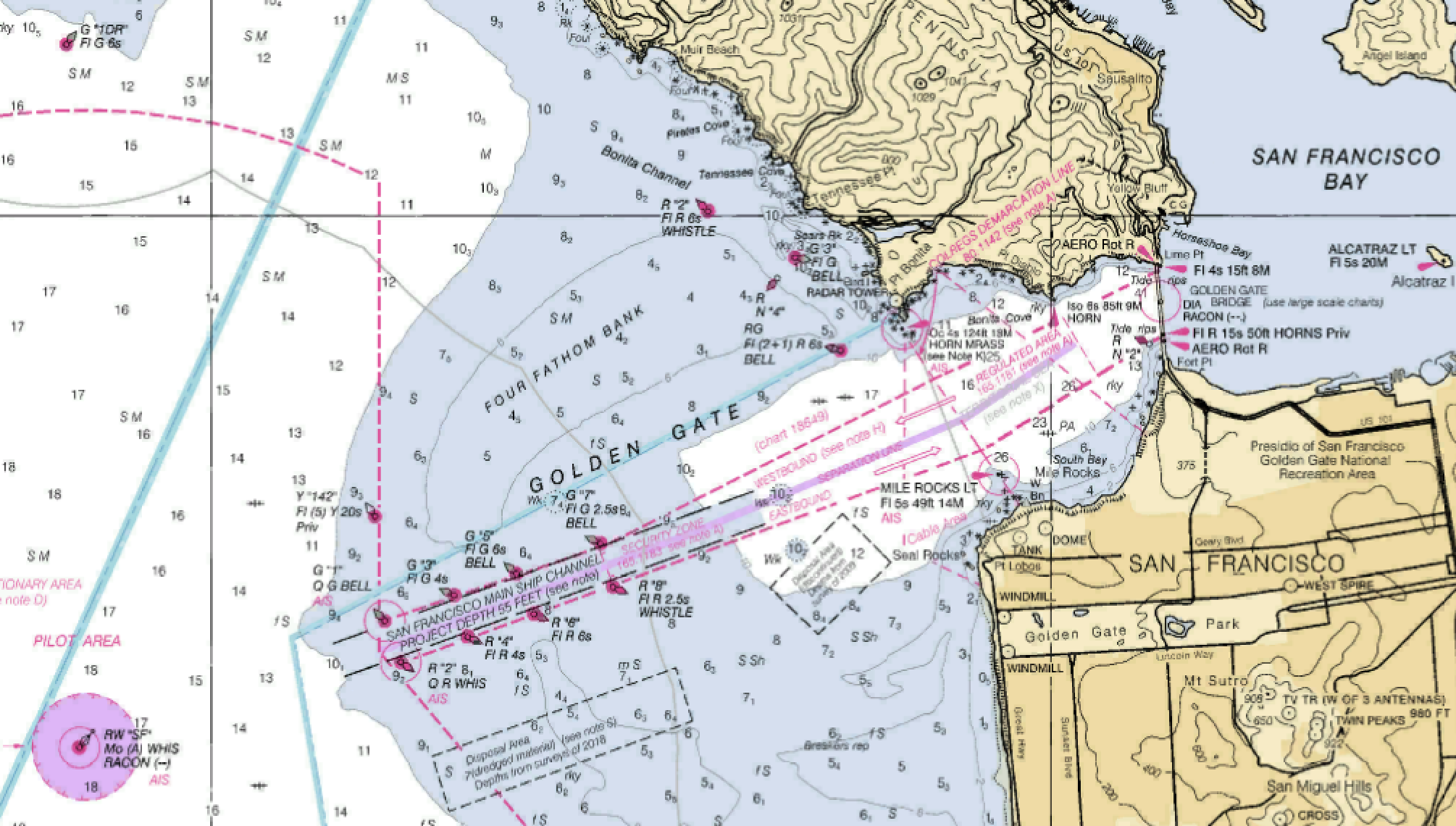
Learn the Essentials of Navigation!
Navigation in a Modern World is dedicated to using traditional navigation tools, piloting techniques, weather forecasting, and modern technology to safely navigation a vessel from departure to destination.
Topics of Study
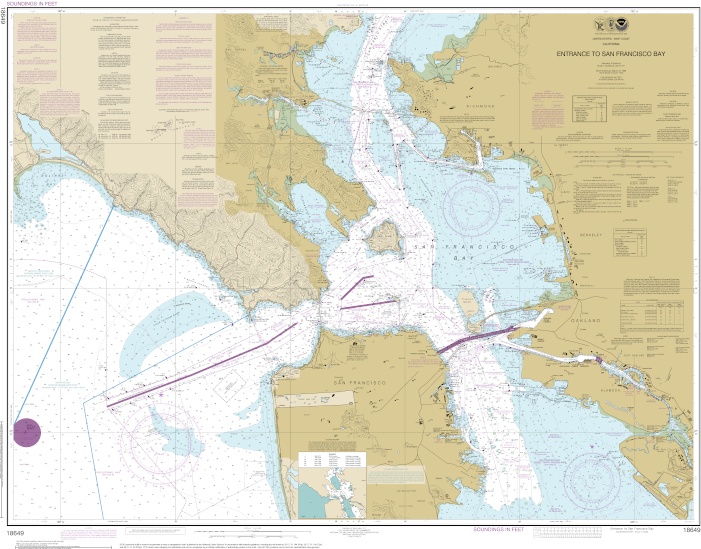
Learn the tools and skills used in traditional navigation and apply them to use of modern technology including radar and GPS
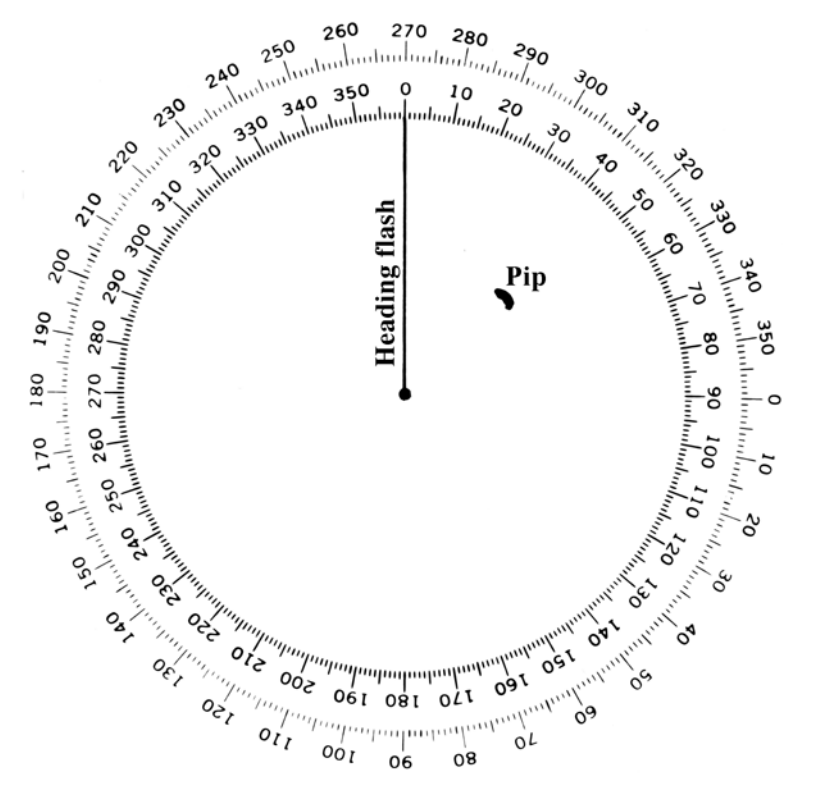
Enhance the safety of your vessel through collision avoidance and radar location finding.
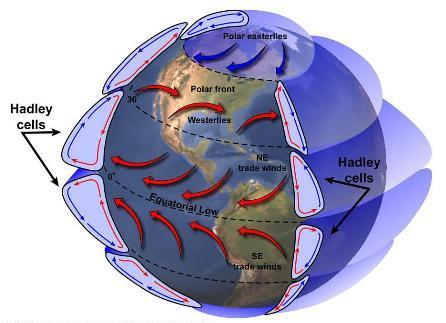
Knowledge of the weather is as crucial to a sailor today as at any time in the past!
Providing you with the knowledge necessary to interpret and use the vast array of resources available to you is the goal of “Weather” in a Modern World.
